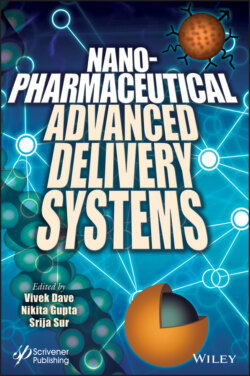Читать книгу Nanopharmaceutical Advanced Delivery Systems - Группа авторов - Страница 53
2.3.2 Delivery of Proteins
ОглавлениеTo overcome the challenges related to the delivery of proteins and peptides, the nanoparticulate carriers provide an amicable solution. The stability of nanoparticulate carriers in biological fluids makes them appropriate cargo for proteins and peptides, besides providing added protection to encapsulated proteins and peptides against enzymatic degradation. Veronesi et al. developed PLGA NPs loaded with thyrotropin-releasing hormone (TRH) for intranasal administration and observed significant reduction in the severity of seizures studied in animal seizure models and suggested its application in suppression of epileptogenesis [88]. Neuroprotective peptide-NAPVSIPQ (NAP) encapsulated in lactoferrin (Lf) conjugated PEG-PCL nanoparticle (Lf-NP) when administered to Alzheimer’s disease animal model showed significant neuroprotection and improvement in memory, which was corroborated by assay of acetylcholinesterase, choline acetyltransferase activity, and neuronal degeneration in the mice hippocampus [89]. The nanoparticles can also be used for the detection of proteins like the gold nanoparticles, which are used in immunohistochemistry to study protein–protein interaction. Surface modifications with antibodies and photoactive dyes can be done to provide multiplexing capabilities. These probes can be used to recognize not only small molecules but also proteins [90].
